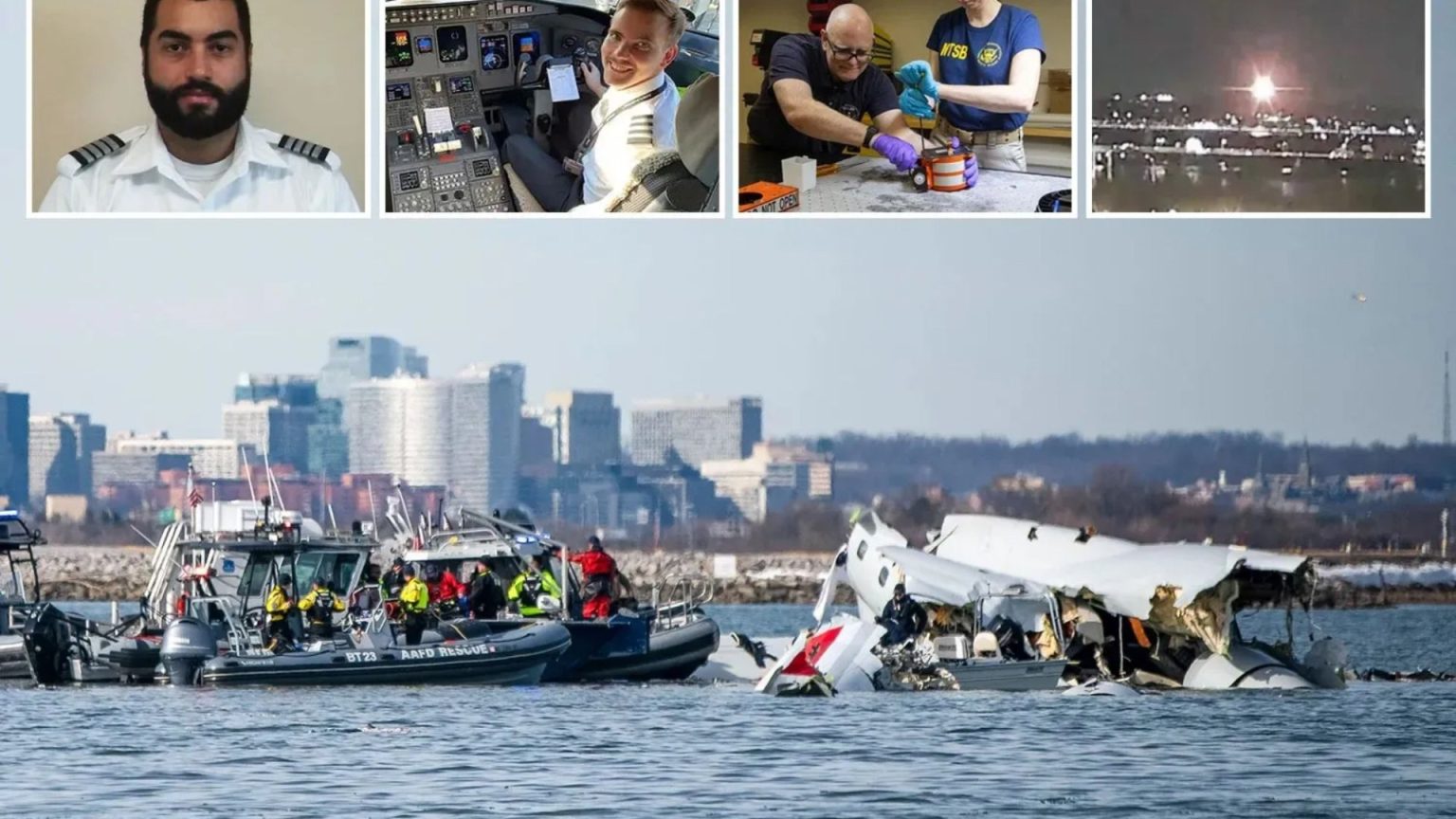The tragic mid-air collision between an American Eagle passenger jet and a military Black Hawk helicopter over the Potomac River in Washington D.C. has prompted serious questions about air traffic control procedures and staffing levels at the time of the incident. The crash, which claimed the lives of all 67 people on board both aircraft, occurred during the evening hours, a period when air traffic typically begins to decrease at the Ronald Reagan Washington National Airport. Preliminary reports suggest that only one air traffic controller was managing both helicopter and airplane traffic, a task usually handled by two controllers during the day shift. This deviation from standard procedure has raised concerns about potential understaffing and its possible contribution to the catastrophic event. Adding to the controversy, reports surfaced alleging that an air traffic control supervisor left their post prematurely on the night of the crash, further exacerbating the already reduced staffing levels.
The Federal Aviation Administration (FAA) acknowledged that staffing in the control tower was “not normal” for that time of day, corroborating media reports suggesting a potential link between understaffing and the accident. President Donald Trump weighed in on the issue, criticizing the competence of air traffic control and suggesting that with the “right people,” fewer personnel would be required. His remarks sparked further debate about the adequacy of air traffic control training and staffing practices, particularly during periods of reduced traffic. The President subsequently signed an executive order demanding an immediate assessment of aviation security, highlighting the urgent need to address potential systemic issues within the air traffic control system.
The investigation into the collision is underway, with authorities focusing on several key aspects. Dramatic footage captured the moment of impact, showing the American Eagle flight, en route from Wichita, Kansas, colliding with the Black Hawk helicopter as it made its final approach to the airport. The plane’s pilots, Captain Jonathan Campos and First Officer Samuel Lilley, were experienced aviators, leaving investigators to explore other contributing factors beyond pilot error. The helicopter was carrying three experienced pilots equipped with night vision goggles, and had requested a predetermined low-altitude flight path along the Potomac River, known as Route 4.
However, reports indicate the helicopter deviated from the designated route, flying higher and further away from the riverbank than prescribed. While the helicopter should have maintained an altitude below 200 feet, it allegedly ascended to over 300 feet, placing it in the path of the descending passenger jet. President Trump, citing this discrepancy, publicly questioned why the helicopter was flying at such a high altitude, adding to the speculation surrounding the circumstances leading to the collision. The helicopter’s deviation from its planned route raises questions about potential miscommunication with air traffic control or navigational errors on the part of the helicopter crew.
The National Transportation Safety Board (NTSB) is meticulously analyzing the recovered black box data recorder from the American Eagle jet, hoping to glean crucial information about the final moments of the flight and any communication between the aircraft and the control tower. The investigation will also examine radar data, air traffic control recordings, and eyewitness accounts to reconstruct the sequence of events leading up to the collision. Understanding the factors that contributed to this tragedy is paramount to preventing similar incidents in the future and enhancing the safety of air travel.
The ongoing investigation will likely focus on several key areas, including the impact of reduced staffing levels in the air traffic control tower, the potential role of the supervisor’s early departure, the helicopter’s deviation from its assigned flight path, and any communication breakdowns between the aircraft and air traffic control. The findings of this investigation will be crucial in determining the necessary corrective measures to enhance air traffic control procedures, improve safety protocols, and prevent future tragedies in the increasingly congested airspace around major airports. The families of the victims and the public at large await the results of this investigation, hoping for answers that will bring closure and prevent similar heart-wrenching incidents in the future.




